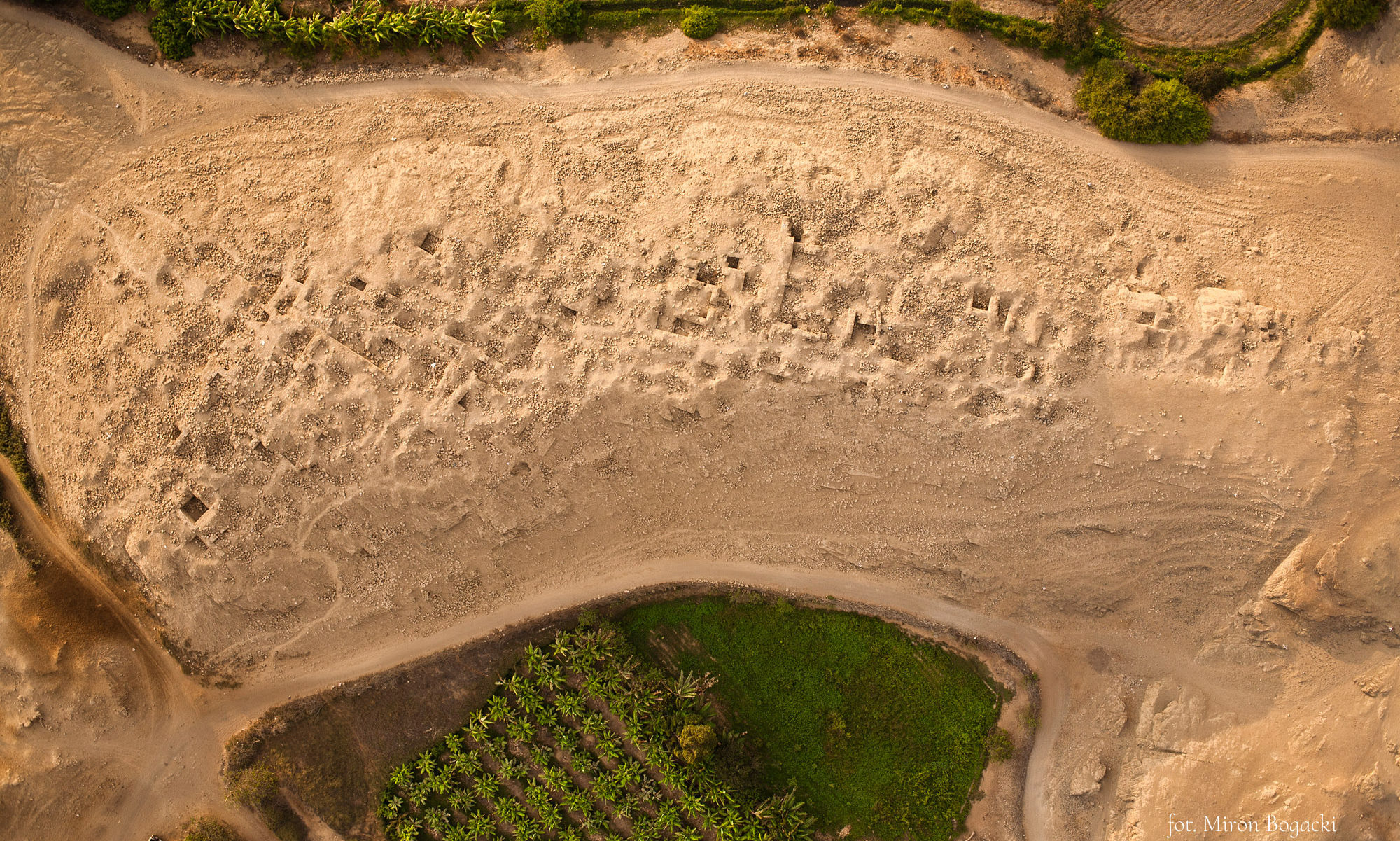The film tells the story of the collection of Italian paintings gathered in Vienna by the Polish aristocrat Count Karol Lanckoroński (1848-1933) and donated by his daughter, Professor Karolina Lanckorońska (1898-2002), to the Wawel Royal Castle in 1994 and 2000.
The narration concerns the creation of the collection, its extremely dramatic fate during World War II, its partial dispersal and the transfer of its preserved part containing more than 80 paintings – to the Royal Castle in Krakow. The film takes a look at some of the most outstanding secular and religious paintings, including Dosso Dossi’s famous canvas ‘Jupiter Painting Butterflies’, Palma the Younger’s ‘Crucifixion’, Luca Signorelli’s tondo with the depiction of the ‘Sacra Conversazione’ and, above all, the extremely interesting collection of so-called ‘domestic paintings’ (fragments of cassoni, or wedding chests, spalliera paintings and painted lettucci pieces. Karol Lanckoroński was exceptionally fascinated by this category of artworks with historical and mythological themes, characteristic of the Italian Renaissance, depicting, among others, Orpheus, Psyche, Perseus, Odysseus, Narcissus and the battle between the Romans and the Gauls.
The film’s postscript is devoted to Italian paintings from the 17th and 18th centuries – portraits of the ancestors of Karol Lanckoronski and a fascinating painted reconstruction of the famous Torso del Belvedere.

